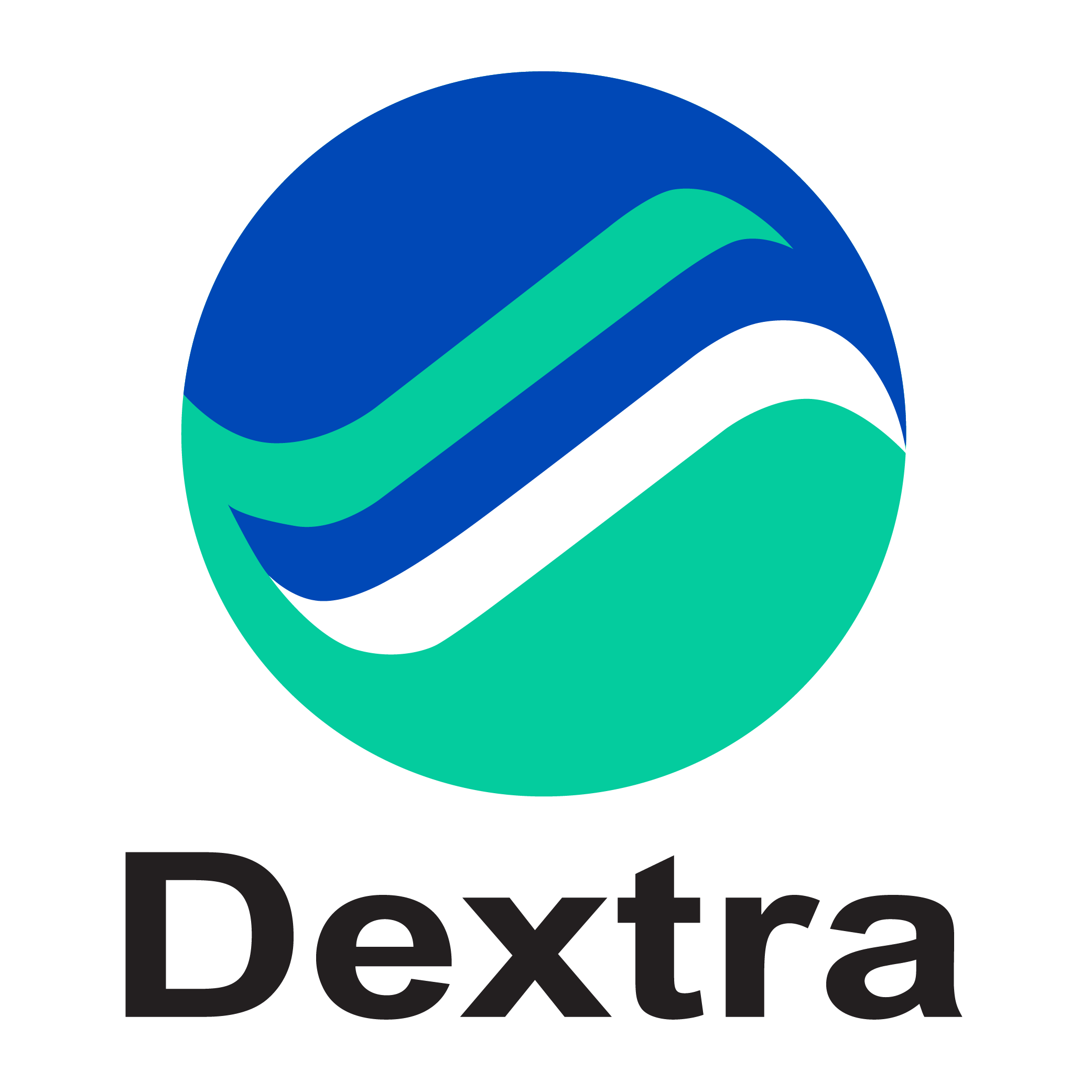Doha Metro Msheireb Station
Der Bahnhof Msheireb ist der wichtigste Umsteigebahnhof der Doha Metro. Es befindet sich in der Innenstadt von Doha, verbindet alle drei Linien (Rot, Grün und Gold) und wird als Tor zu den Stadien der FIFA Fußball-Weltmeisterschaft 2022 dienen
Die Msheireb-Station wird flächenmäßig zu einer der größten U-Bahn-Stationen der Welt werden.
Soft-Eyes für TBMs
Für dieses Großprojekt hat Dextra zwischen 2013 und 2015 acht große ASTEC GFRP Soft-Eyes mit einem Durchmesser von jeweils 8 Metern entwickelt und geliefert. Soft Eyes sind Käfige aus GFK-Bewehrungsstäben, die in den D-Wänden zwischen Stahlsegmenten positioniert werden. Mit GFK-Soft-Eyes können Tunnelbohrmaschinen (TBMs) in kürzester Zeit durchfahren, da die Stäbe von der Tunnelmaschine leicht zerdrückt werden können.
Rückhalteanker
Um die massiven D-Wände zu verankern und jegliche Bodenverschiebung während der Aushubarbeiten zu verhindern, lieferte Dextra auch seine ASTEC Active Anchors (AAA). Diese innovativen vorgespannten Anker auf GFK-Basis bieten den Vorteil, dass sie mit Tunnelbohrmaschinen oder Standard-Aushubgeräten geschnitten werden können. Da es sich leicht schneiden lässt, muss es auch bei vorübergehender Verwendung nicht vom Boden entfernt werden.
Im Fall der Msheireb-Stationen wurden sogar im Zentrum von Soft-Eye Mehrspannanker (10 pro Anker bei diesem Projekt) installiert, um die D-Wall zu verankern. Auch diese Anker wurden beim Tunneldurchbruch durchtrennt (im Video unten zu sehen). Insgesamt wurden 150 Anker in der Station installiert.






